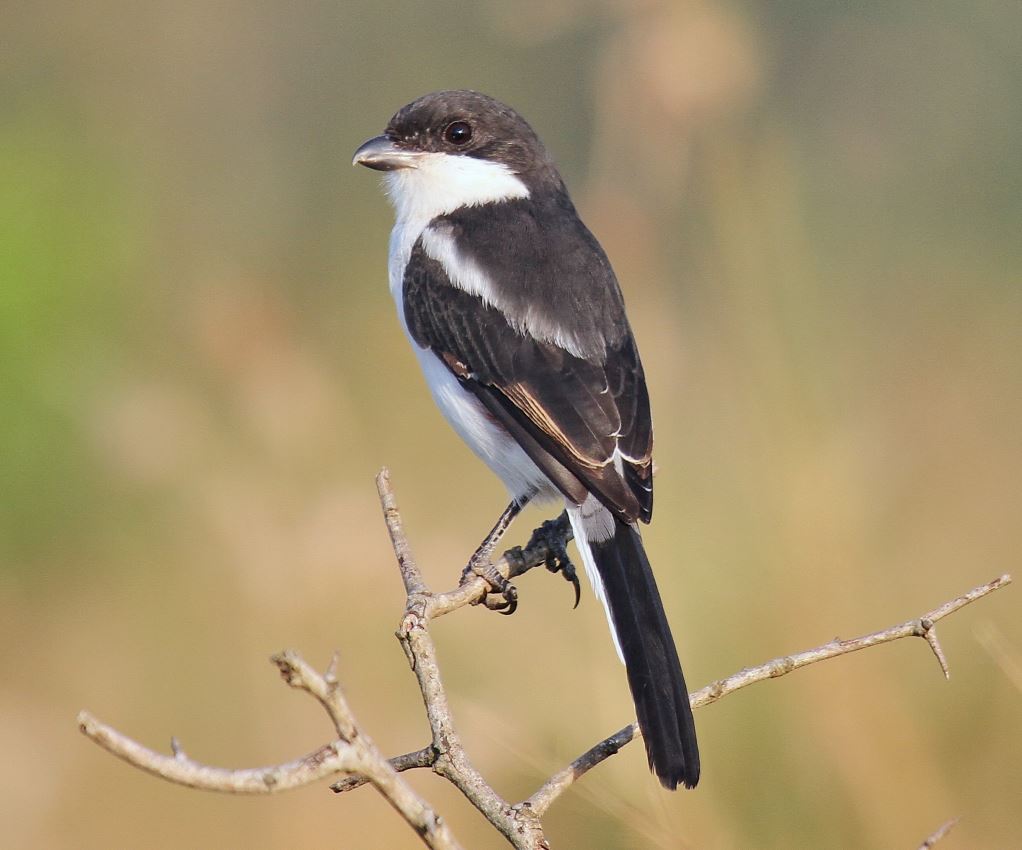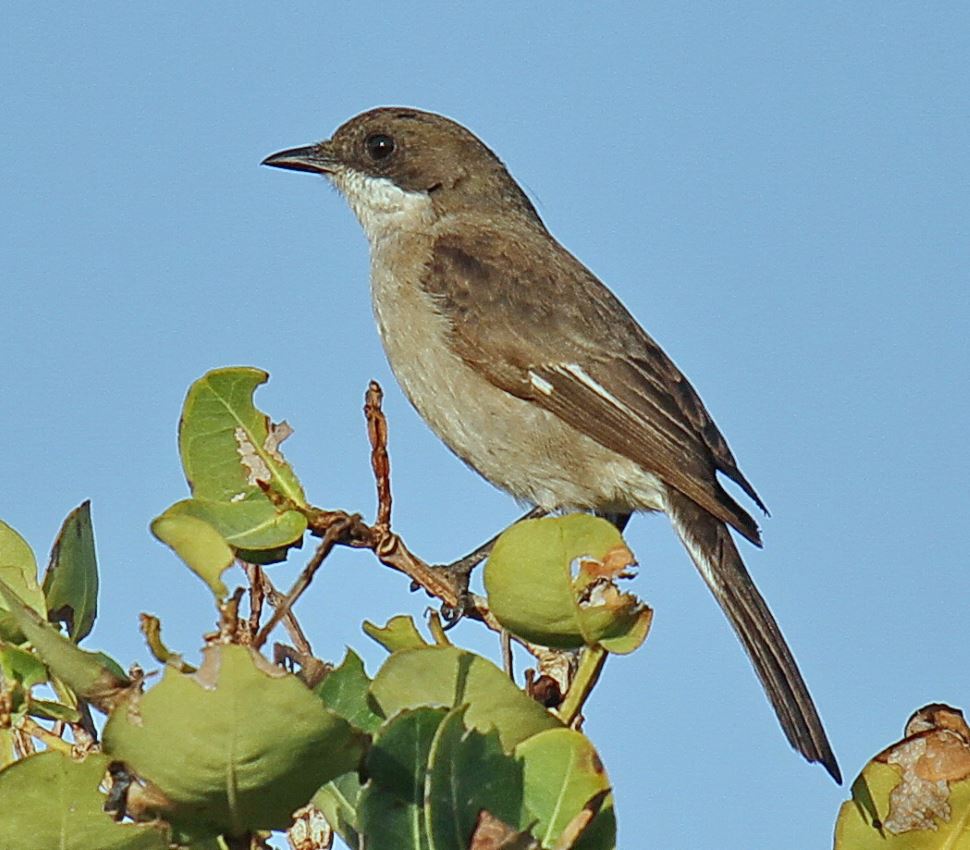The aloes were at their best, and so were the Gurney’s Sugarbirds and Greater Double-collared Sunbirds. Nearly all the latter were males. Where were the girls? Amethyst Sunbirds were notable for their absence, these are certainly altitudinal migrants here.
A month ago we saw a Southern Boubou “attacking” a Black-backed Puffback, possibly seeing off a partial rival. This time a Common Fiscal (Shrike) and a Fiscal Flycatcher perched close on the same fence overlooking the bowling green. The similarity of plumages is sometimes considered to confer a degree of protection for the flycatcher, the idea being that a potential food pirate will leave it alone rather than risk a scrap with a Common Fiscal. Not today. The shrike chased the flycatcher for some distance to clear it away from a prime foraging spot.

Another bird interaction saw a Martial Eagle being bugged by a diminutive Little Sparrowhawk. All raptors hate and fear bigger raptors. Not because they are direct prey, but have no way of defending a nest should the bigger raptor find it. The sparrowhawk flew just above the eagle, repeatedly sticking its claws into the eagle’s back. Being too slow to defend itself, the eagle had no option but to escape.

Normally we see eland minding their own business quite far away; they do not seek tourist company. But on one walk we rounded a bushy corner and there stood, not 15 metres away, the finest specimen in the whole Berg. Perhaps I exaggerate, but snooty unperturbed gaze, massive dewlap and gleaming horns definitely proclaimed overlordship. Have you ever heard elands walk at close range? Their ankles click loudly, like castanets, could this be a communication method?
Although the weather was generally cold, we had one warm spell on a morning walk. Gaudy Commodore butterflies emerge under these conditions, concentrating in a hot spot. With wings closed they are dark and unobtrusive, but once disturbed the whole lot rise up, a mass of colour.
